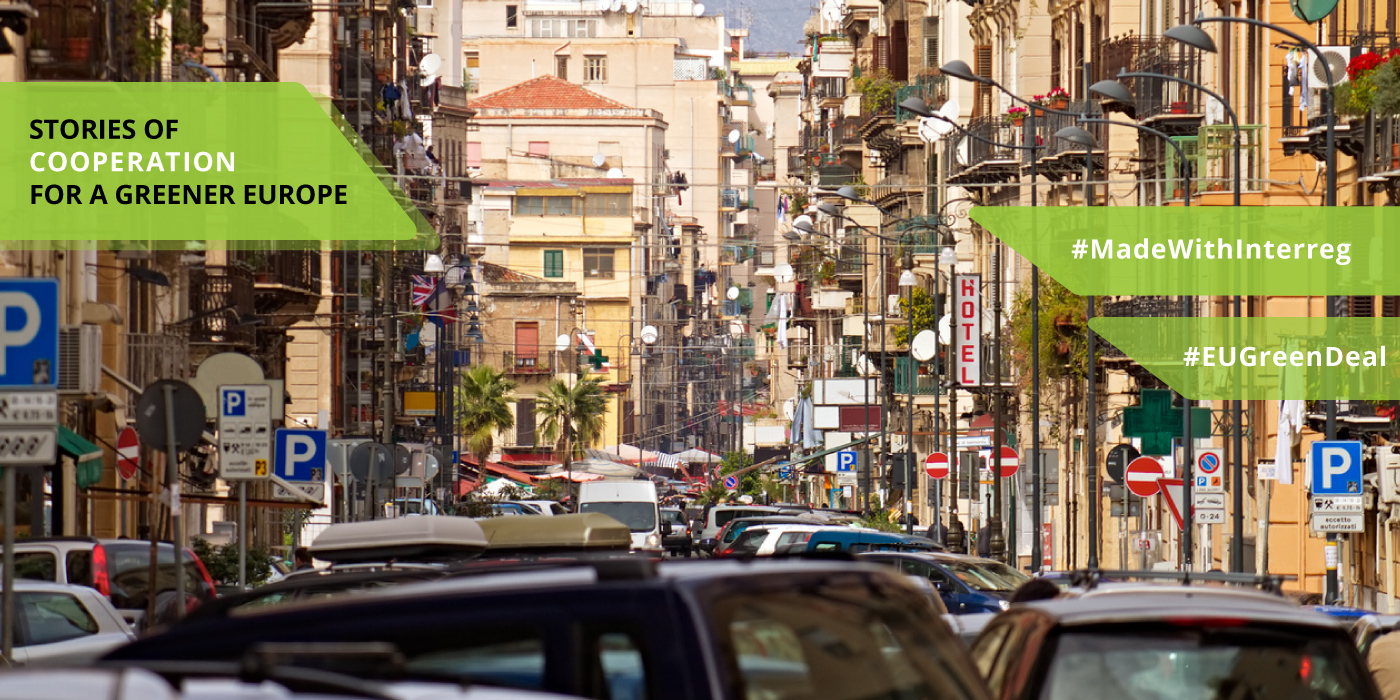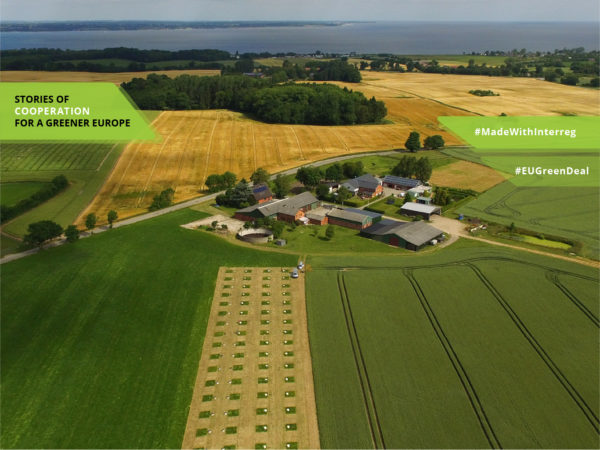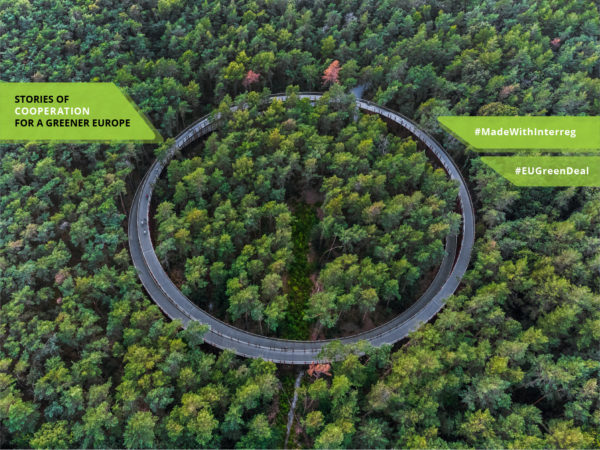The road ahead for electromobility
In the Adriatic-Ionian region, urban and suburban areas are suffering from heavy traffic congestion and a very high percentage of CO2 emissions due to weak urban planning and transport systems. People living in these areas are subject to various negative impacts on their daily lives: noise, air pollution, traffic jams, and poor availability of green spaces. It is therefore urgent to act. But how?
Surely, we can’t ask people to stop moving, as transport is part of our everyday life. Transportation allows to connect people and businesses, contributing to growth and employment. It shapes our countryside and cities and often defines our living standards. This is the reason why we should make transport systems more sustainable and greener. For example, by fostering the implementation of low-carbon mobility plans or by supporting solutions for electric transport systems. From Serbia to Italy, public institutions are teaming up to make their cities and sub-urban areas greener, free from traffic congestion and pollution. Local and regional authorities have decided to take up the challenge by gathering together around the Interreg project EnerMOB and the ADRION Thematic Cluster on Sustainable Mobility.
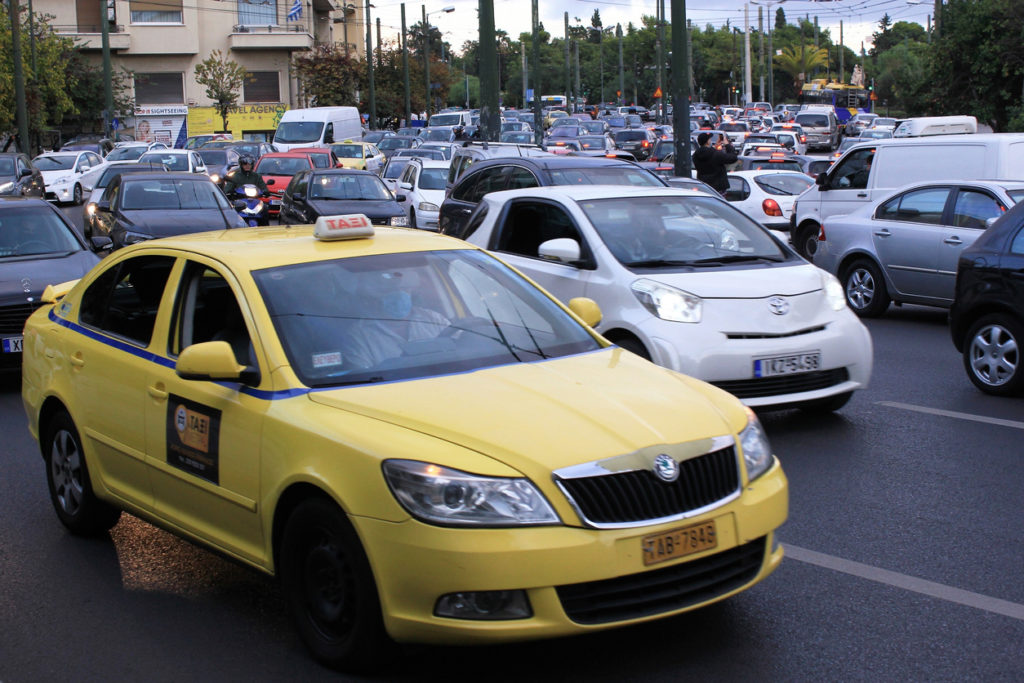
The future of the transport system is electric, but more infrastructure is needed
In 2017 road transport contributed to 21% of the total EU greenhouse gas emissions, and numbers are expected to raise if we don’t take appropriate measures. Frans Timmermans, Executive Vice-President for the European Green Deal, said: “To reach our climate targets, emissions from the transport sector must get on a clear downward trend”. To make this change, the EU Sustainable and Smart Mobility Strategy has set the target of at least 30 million zero-emission cars in operation on European roads and 100 climate neutral cities by 2030.
To reach our climate targets, emissions from the transport sector must get on a clear downward trend.
Indeed, electromobility can make transport cleaner, but there is still work to be done before electric vehicles substitute completely their petrol and diesel rivals. “Primarily, people need to be able to charge their cars easily and cheaply”, states Athanasios Chaldeakis, technical consultant at the Region of Peloponnese in Greece, one of the partners involved in the Interreg project EnerMOB. “The issue with the use of electric cars is to ensure a proper network of charging stations, allowing drivers to reach both urban and sub-urban areas easily. Only in this way we can encourage private citizens to invest in electric cars, rather than petrol and diesel ones”. So, if we want them to take over, we need to design an efficient network of proper infrastructures. “Before the project started, there were no charging stations in the Peloponnese region. If you had an electric car, you could not dare traveling around without the risk of running out of energy”, states Chaldeakis. Thanks to the project, now there are three charging stations in the small-medium size cities of Kalamata, Corinth and Tripoli, which are part of a regional electricity network free for all users and cars’ owners. From now on, drivers can cover longer distances in remote areas by using several electric fuel stations along the way.
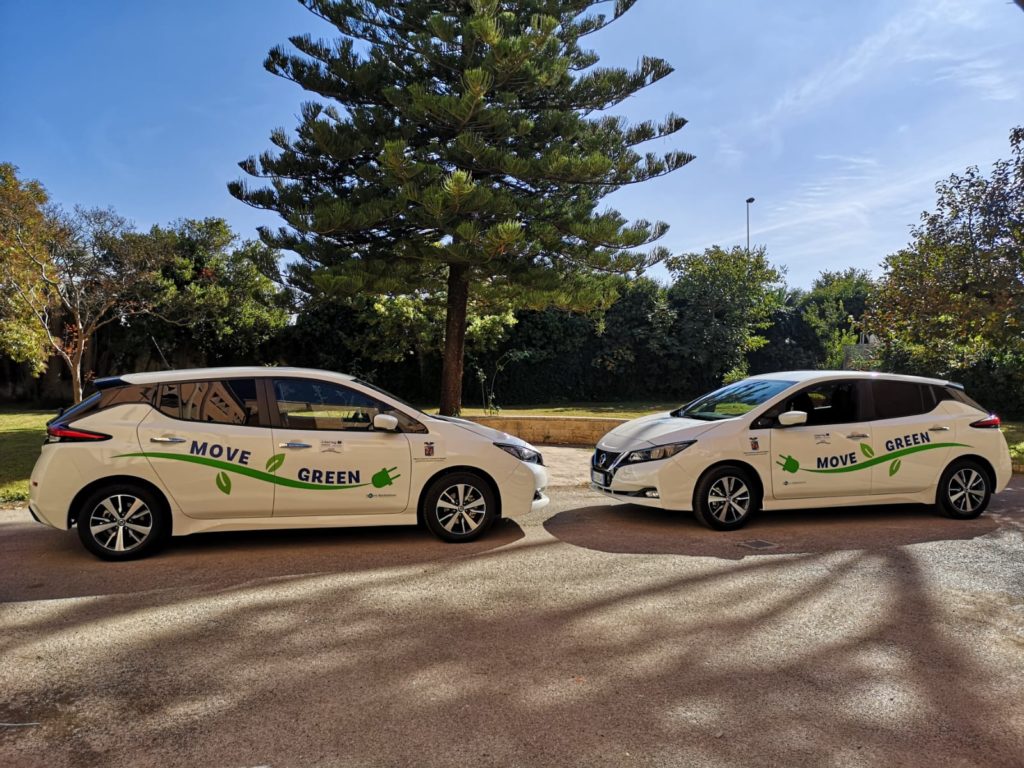
The Peloponnese region, as well as the other partners involved in the EnerMOB project, realised that working together could produce a greater impact both at local and transnational level. The set of small-scale investments and pilot tests developed in each partner region, such as in the county of Primorje and Gorski Kotar (Croatia), in the region of Northern Primorska (Slovenia), in the Serbian region of Sumadija and Pomoravlje, and ultimately in the Free Municipal Consortium of Ragusa in south eastern Sicily served to develop a pilot model for a transnational electric transport network in the Adriatic-Ionian region. The pilot model connects five parallel small-scale infrastructure networks with common ICT charging protocols and standards.
To work well, the network must be smart
An automated and fully digital transport system is the backbone of a so called “smart city”. A smart city means, among other things, digital management of public urban transport and utility services to efficiently manage resources, reduce pollution, monitor traffic flow to reach the ultimate goal of improving people’s quality of life. All pilot actions developed by EnerMOB follow this basic principle. Each charging station built through the project is connected to a digital platform, aiming to track traffic, energy consumption and CO2 savings. All electric vehicles are equipped with data loggers and smart cards with the aim to collect suppliers’ and consumers’ behaviors. “The development of this platform is essential if we want to monitor and manage the operations and collect dynamic data to better understand the impact of electromobility”, states Chaldeakis. “In the last 20 months, we have estimated a cutoff of 11,2 tons of CO2 and increased number of electric car users from 7 to 87. This is an excellent achievement, considering that in the region electromobility was practically non-existent”, he continues.
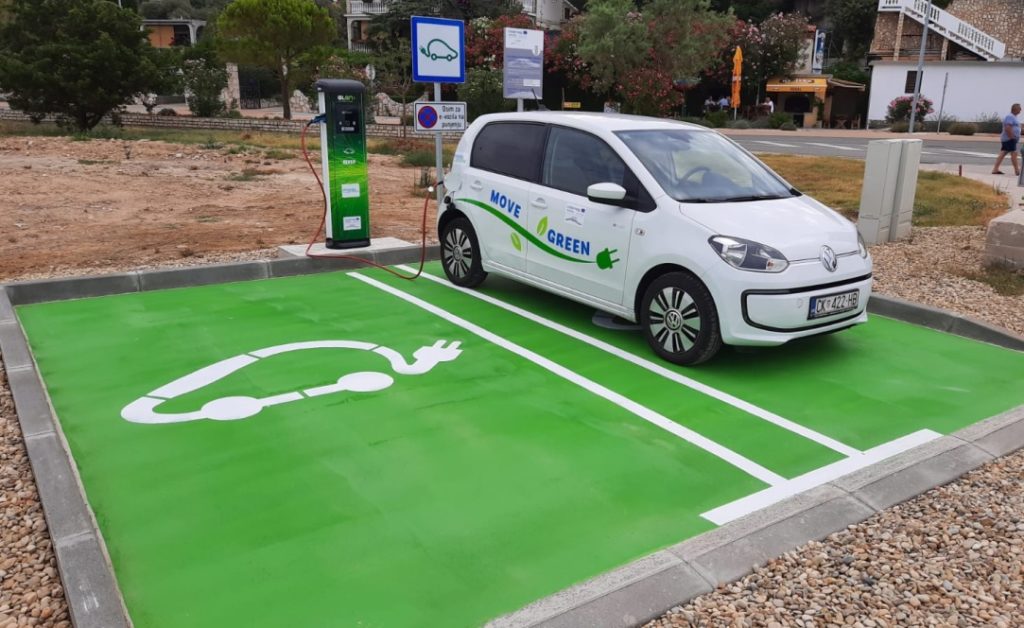
Transnational cooperation gives inputs to regional mobility plans for a faster shift to green transition
Medium-size municipalities, as well as regional authorities, can play a pivotal role in the shift to a carbon-neutral era. Shift in transportation is a shift in one’s lifestyle and therefore a behavioral change in the citizen’s way of living. That’s why local authorities should lead the way to these wide-range urban changes. Actually, EnerMOB was able to rise enough awareness on sustainable mobility to go beyond the project results. For instance, the Peloponnese Region is now seeking to accelerate the electrification of the vehicle fleet by gradually replacing all its polluting and old technology vehicles with electric ones.
We have pushed citizens to use electric vehicles and increased awareness of more sustainable public policies.
The same has happened in the Sicilian province of Ragusa, where the project has encouraged local municipalities to endorse action plans on sustainable energy. The mobility manager of the province of Ragusa, Giuseppe Cianciolo, is confident that the project has succeeded: “The impact on the citizens and on the whole Hyblaean territory is very positive, especially in the municipalities of Ragusa, Modica, Pozzallo and Vittoria where the charging stations are being installed”. The province has purchased 8 electric cars and increased the number of recharging points from 4 to 6 units. The cars are used by the staff of the municipalities for their daily work and the charging stations are free for all users.
AnyADRIONCity: designing the Adriatic-Ionian city of tomorrow
Maria Morfoulaki works as scientist at the Centre for Research and Technology (CERTH) in Greece and she was coordinator of the ADRION Thematic Cluster on Urban and Interurban Low Carbon Intermodal Mobility for Passengers, where four projects funded by the ADRION Programme have teamed up to work on sustainable passengers’ mobility and interconnectivity. “One of the goals of the Thematic Cluster”, says Maria Morfulaki, “was to identify the main principles and actions to be taken for creating the AnyADRIONCity”.
AnyADRIONcity is a roadmap towards passengers’ sustainable mobility in the region. The cornerstone of this futuristic city is multimodality, where passengers can buy a single ticket allowing them to easily switch from one mode of transport to another. Urban areas in the Adriatic-Ionian region suffer from congestion and pollution, just as other cities in Europe. To ensure the well-being of our citizens, passenger mobility should be increasingly intermodal, with a balanced combination of soft and light modes, as well as complementary types of public and private transport solutions. The roadmap was the outcome of a broad analysis involving more than 70 organizations from research & academia, transport providers, policy makers, local and regional authorities that were asked to provide their assessment on the urgency of identified mobility measures and on the easiness of implementing them. The roadmap looked at different urban scenarios focusing on mobility between cities and ports, as well as with airports, and urban connectivity: they all included mobility measures for supporting the shift towards a sustainable well-connected city, extended public transport services, shared and e-mobility.
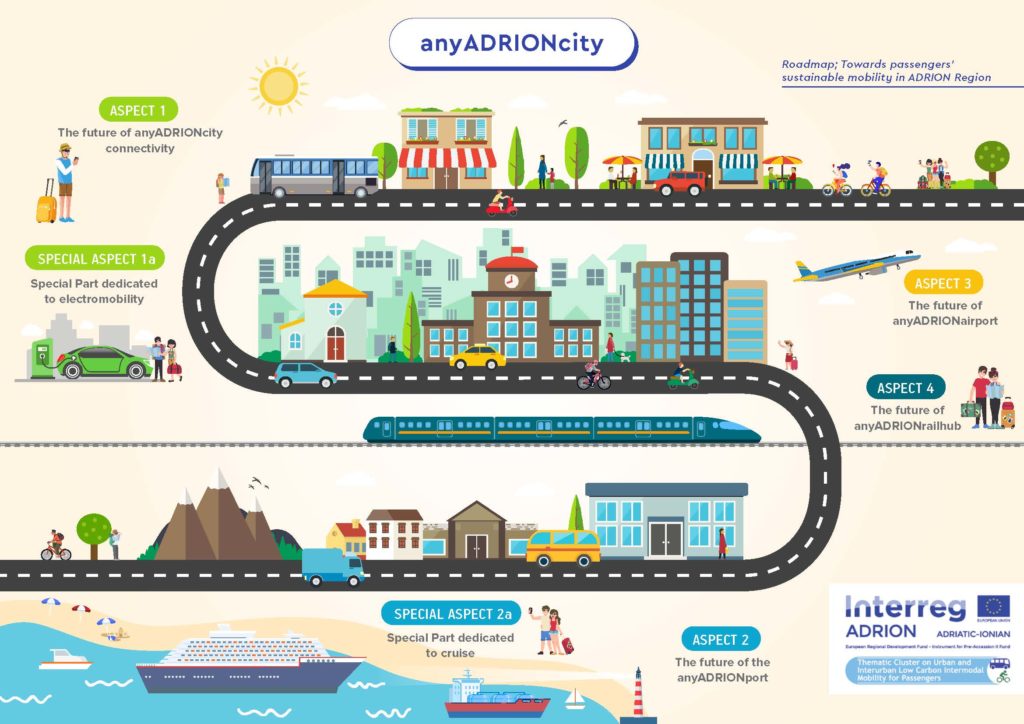
The Cluster published a policy paper that will be aimed at further influence policy makers and stimulate the debate on the topic. Morfoulaki said: “Working together as a Thematic Cluster offered to all participants extended knowledge on the same wider topic, but from different views, information exchange, excellent networking experience, fresher and bolder ideas that will also help us to validate and extend our projects’ results. Our joint work generated a stronger voice towards sustainable and intermodal passenger mobility in the area”. The policy paper gives input to future planning and acts as a useful guide for authorities and other interested parties, while improving those organizations’ capacity in decision making.
Innovative sustainable mobility and transport solutions are aimed at meeting climate change and carbon reduction goals while a number of European projects are creating high quality technical and scientific materials. Change is challenging but we have no time for further delays because of the consequences of climate change. While we cannot expect anyone to give up on moving around, we can expect everyone to prefer more environmentally friendly ways of moving to live in a healthier environment. The Thematic Cluster on Urban and Interurban Low Carbon Intermodal Mobility for Passengers, through their partners, are contributing to make this change possible.
The author
Giulia Frattini works as a Communication Manager at the Interreg ADRION Programme.
This article is part of a series on how transnational cooperation contributes to the EU Green Deal. Click here to see all stories.
